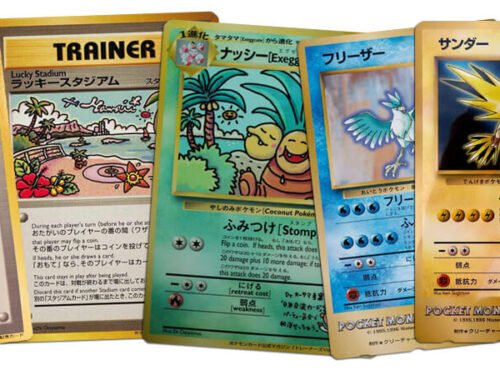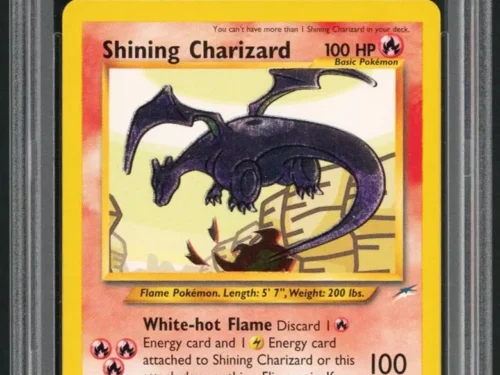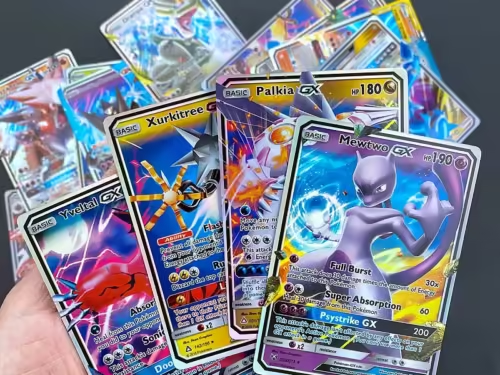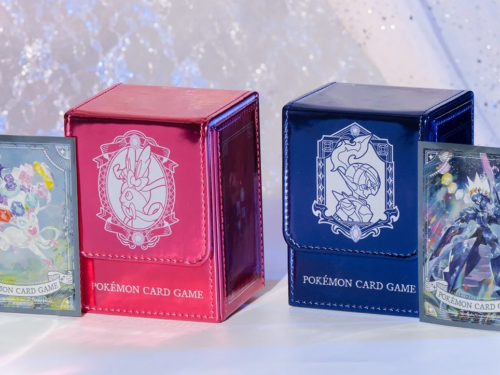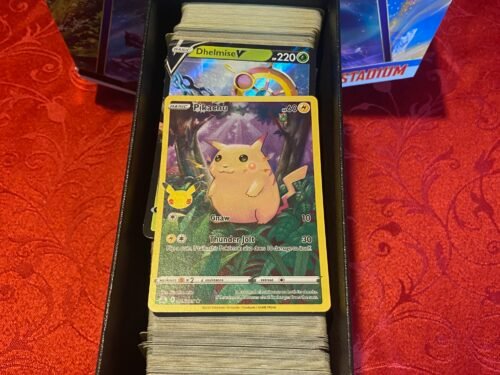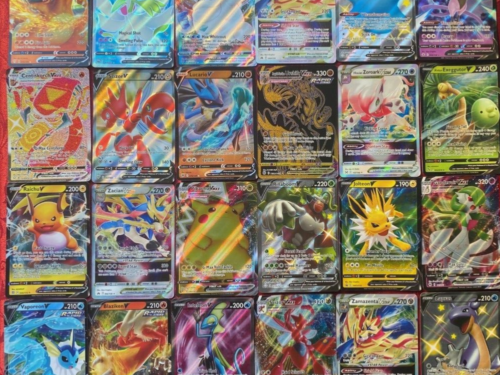
In the world of collectibles, Pokémon cards hold a special place. From casual enthusiasts to serious collectors, understanding the value of Pokémon cards is essential. Whether you’re looking to sell, trade, or simply assess your collection, knowing how to accurately value your cards can significantly enhance your collecting experience.
Understanding Card Rarity
The first step in valuing Pokémon cards is identifying their rarity. Pokémon cards are categorized into common, uncommon, rare, ultra-rare, and secret rare. The rarity symbol, located at the bottom right corner of the card, is a key indicator. For example, a circle signifies a common card, a diamond denotes an uncommon card, and a star indicates a rare card. Ultra-rare and secret rare cards often have unique designs and textures that set them apart.
Condition Matters
The condition of your Pokémon cards is a critical factor in determining their value. Cards are graded on a scale from Poor to Gem Mint. Cards in better condition fetch higher prices. Professional grading services like PSA or Beckett can grade your cards for a fee. A card graded as Gem Mint, which is flawless, can be worth several times more than the same card in just good condition.
Market Demand
The value of Pokémon cards is also driven by market demand. Cards featuring popular characters like Pikachu or Charizard are typically more sought after. Similarly, cards that are pivotal for competitive play can maintain high values. Keep an eye on tournament results and player forums to see which cards are currently in demand.
Checking Prices
To get a ballpark figure for your Pokémon cards, consult reliable pricing guides and completed sales on platforms such as eBay. Websites like TCGPlayer and Cardmarket also provide up-to-date prices based on actual sales data. Remember, the listed price isn’t always what a card will sell for, so reviewing completed transactions can give you a more accurate picture.
Special Considerations
Several other factors can influence the value of Pokémon cards. Limited edition cards, promotional cards, or cards with printing errors often command higher prices. The historical significance of a card—like those from the original 1999 Base Set—can also add to its value. Additionally, the current trends in the collecting community can shift which cards are considered valuable.
Putting It All Together
To effectively value your Pokémon cards, start by assessing their rarity and condition. Then, consider the market demand and consult current pricing resources. Remember to factor in any special characteristics that might increase their value.
Valuing Pokémon cards can be as much an art as a science. By staying informed and engaged with the Pokémon community, you can gain insights that will help you not only understand the worth of your cards but also enjoy the rich world of Pokémon card collecting. Whether you’re trading at your local card shop or showcasing your collection online, knowing the value of your cards is key to being a savvy collector.
For those looking to streamline the valuation process, our Trade-In Calculator offers a quick and easy solution. Available at here, our trade-in calculator allows you to input the details of your Pokémon cards and receive an instant estimate of their worth. This can be particularly useful for those considering trades or sales, as it provides a reliable baseline to work from. Whether you’re a seasoned collector or just starting out, our Trade-In Calculator can help ensure you’re getting the most value out of your Pokémon cards.

